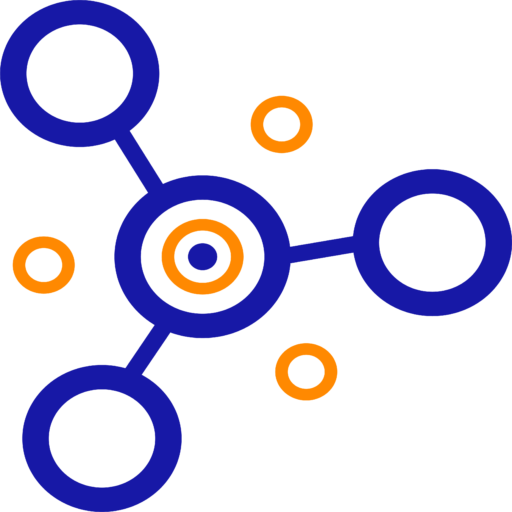Companies everywhere are electing more and more for remote workers, allowing for a wider spread presence globally. For some industries, this is becoming essential for remaining competitive. The employee landscape is slowly but surely changing. If you haven’t given much consideration to distributed teams, you may soon have to. Here’s everything you need to know about this model, and why your company may benefit from making the switch.
What are distributed teams?
A distributed team is a group of employees who work together but aren’t in the same physical location. This can be for a number of reasons, including but not limited to:
- The company has offices in multiple locations
- Team members are located in different time zones
- Some or all team members work remotely
There are many benefits to distributed teams that are worth considering:
Increased flexibility and productivity
Employees who have more control over their work environment and schedule often feel more motivated and productive. When team members feel like they have a good work/life balance, they’re more likely to be engaged and invested in their work.
Wider talent pool
When you’re not limited by location, you can hire the best employees for the job regardless of where they live. Plus when you have team members located all over the world, you benefit from a greater diversity of thought. This is because people from different cultures think about and approach problems differently.
The internet has allowed for a greater level of collaboration than ever before. With tools like Slack and Zoom, it’s easier than ever to communicate with team members who might be in different parts of the world. This is one of the main reasons why distributed teams are on the rise.
Competitive Agility
In today’s business world, being able to pivot quickly is key to success. Distributed teams are often more agile than traditional teams because they can make decisions and take action faster. This is because there are no geographical boundaries to slow down communication.
“Innovation is key. Only those who have the agility to change with the market and innovate quickly will survive”
Robert Kiyosaki – Author of the best seller ‘Rich Dad, Poor Dad’
Nowadays, the business landscape moves so quickly that companies need to respond to opportunities just as quickly- if not quicker. Distributed teams can be advantageous when it comes to the likes of filling key positions or moving into new markets. And with employees placed in different time zones, customers can be responded to round the clock. And hand-over projects to teams that are just starting their work days.
Lower overhead costs
One of the biggest benefits of distributed teams is that they’re usually cheaper to maintain than traditional teams. This is because you don’t have to provide office space, equipment, or other resources for staff members who work remotely.
The Challenges
There are some challenges that come with distributed teams, of course. The main one being communication. When team members are in different locations, it can be difficult to stay on the same page and maintain open lines of communication. This is why it’s important to invest in the right tools and systems to help teams communicate effectively. By being intentional about communication and using tools that facilitate collaboration, distributed teams can be just as effective as any other model.
Have you considered working with a distributed team? What are some of the benefits and challenges that you have experienced with this model?
If you’re thinking about making the switch or are looking for ways to make your existing distributed team more effective, contact us today. We’d be happy to chat!





